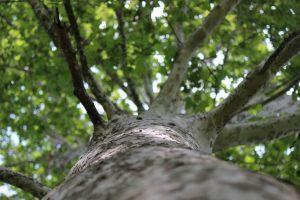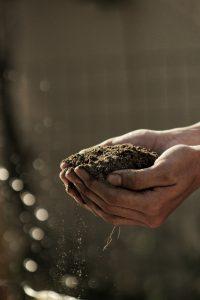You’ve watered, trimmed, pruned, and checked for disease, pests, and stress, but there is still something “off” with your tree. Maybe it’s time to start looking at the root of the problem, or more so, the soil where those roots are grounded.
When selecting trees, it’s not only essential to know the environment but also the soil type. Soil is the number one determinant of your tree’s health and will determine the quality of drainage, temperature, nutrients, and plant foundation. While some trees are adaptable in most soil types, others require particular drainage, pH, moisture, or temperature.
Drainage
Without proper drainage, a tree can slowly drown, which can happen in a matter of days or years. The tree will die from a lack of nutrients and oxygen and can become susceptible to diseases such as root rot.
Temperature
Plant growth and soil temperature are directly correlated. Temperature aids in germination and influences moisture content.
Nutrients
There are three primary nutrients found in soil: nitrogen, phosphorus, and potassium. Other nutrients include calcium, magnesium, and sulfur.
- Nitrogen: found in all plant cells, proteins, and hormones. A key element in the growth of plants.
- Phosphorus: this nutrient stimulates and hastens early plant and root growth. It also aids in transferring energy from sunlight to plants.
- Potassium: assists in establishing form, moving starches, sugars, and oils in plants. It also improves disease resistance.
A promising sign of healthy, nutrient-rich soil is the presence of underground animals and plant activities, like earthworms and fungi.
Try digging a hole about 6 inches deep and watching it for about 4-5 minutes. Count how many types of critters you see, like spiders, beetles, and other bugs. If you see ten or more, this is a good sign of healthy soil. The more arthropods, arachnoids, and worms, the better. These creatures may be small, but they are mighty and help keep down disease and pests. Nutrients left behind after plants and animals decay act as food for the soil, which aids further plant growth.
Different Soils?
Depending on your location, soils will vary. In the Boise area, our soil is primarily loam and clay.
Loamy soil consists of an even mixture of sand, silt, and clay. It retains moisture yet has adequate drainage. It warms up quickly and doesn’t dry out too soon in the summer heat. Lucky for us Boiseans, loamy soil is the “ideal soil.”
Clay provided poor drainage with minimal air spaces, meaning it is difficult for air and moisture to penetrate the soil. Enhance the drainage in clay, and plants can thrive. But do not fear; you can always mix in high-quality soil to create an ideal environment.
Whether you want assistance choosing a low-maintenance tree for your yard or determining if your existing trees are sitting on the best foundation to thrive, call us, and we can help.





